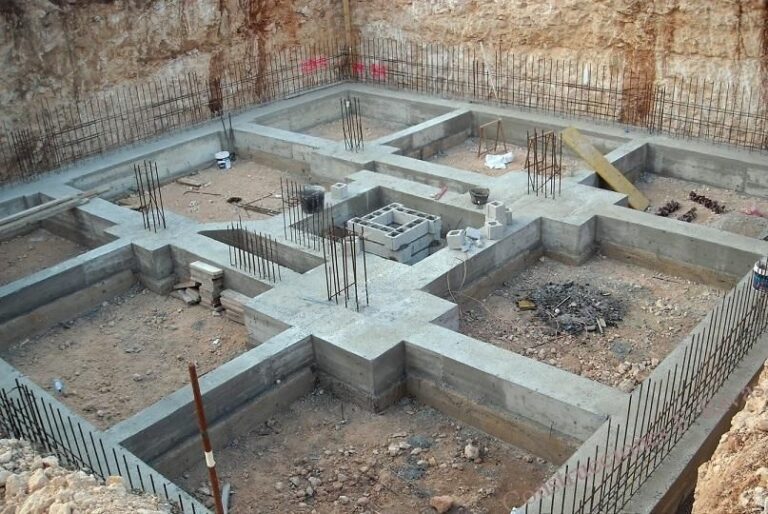We might get this confusion. When there are so many geometric shapes, why are we still widely using only two types of columns more often? (square, rectangular)
Also, when we see the circular column? We may start to think. Does the circular column really give strength and durability to the structure?
Let’s discuss this…
The common difference between the three shapes of columns
All three geometric shape columns, such as rectangular, square, and circular, have no difference in a structural capacity. It will be designed in such a way that it would carry the loads perfectly. Moreover, it all depends on the designer.

Let’s forget about the columns; just focus on the geometry parts alone to better understand this.
The circular or cylindrical shape is symmetry. Whereas a square has 4 axes of symmetry, and a rectangle has 2 axes of symmetry. So circular columns will have the same moment of inertia at all axes to avoid buckling failure.

What is Symmetry? The geometric shape is symmetry if it can be divided into two identical pieces that are arranged in an organized fashion. If you see the above picture, after drawing 4 axes, the square becomes symmetrical. All individual parts are identical.
- Circular column occupies a smaller area; If you construct a circular column having the same diameter of a square column’s side length, the circular column holds only 0.785 times of the square column area.
- Circular column requires a minimum of six numbers of reinforcement whereas square or rectangular column only need four numbers of reinforcement
- Formwork is easy for a rectangular column due to its straight sides. Circular column shuttering is a little bit difficult
- Circular Columns are aesthetically pleasing compared with other geometrical types of columns.
- The reason we choose rectangular or square columns is because of our wall construction. Most of our outer walls are constructed as 9” walls. So we tend to form 9×9 square columns because it does not project anywhere inside.

- Even if we need to provide a rectangular column for the structural purpose where a 9” square column is not safe for the structural load. The Lengthy side of the rectangular column will be designed in such a way that it flows with masonry work.
- The circular columns are used when there is no need to construct walls on either side of the column. It will be aesthetically pleasing.
- Circular columns are also preferred when built at more traffic areas such as bridges due to their less cross-sectional area.
Load Handling Differences
- The load requirement to buckle the circular column is equal to the perimeter of the column, but the rectangular column may deflect through both axes.
- The rectangular or square column has four weak points (corner edge), but the circular is in the shape of a cylinder, so there are no weak points.
- The circular column is strong in compression compared to the square column in the same cross-sectional area.
Which one is better? All three columns are the best. The choice is decided by the location of the column or by the designer or architect.
Happy Learning 🙂




3 Comments
hi
Really informative
Nice sir Helpful